How to do topiary the easy way: What to plant, how to cut it
Yes, if you want to carve peacocks and swans you'll need to take a course. But if you just want some lovely greenery with a few interesting shapes, Mark Griffiths has all you need to get started.
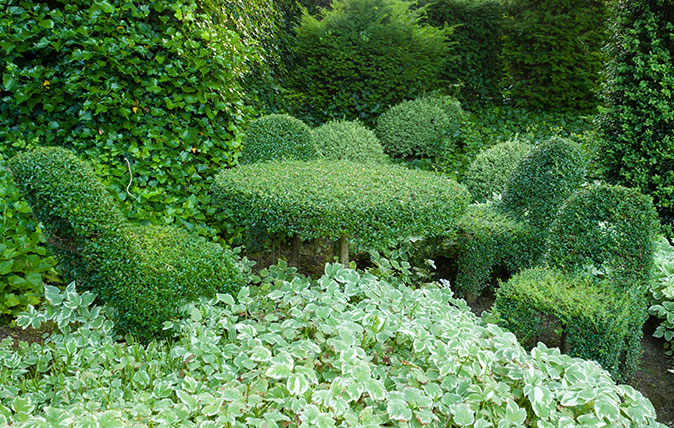
Not so very long ago, few plants were considered less chic than the tiny-leaved-and-flowered evergreen shrubby honeysuckle Lonicera nitida. It was the over-familiar front-garden hedge of the humbler inner suburbs, disdained by fashion dictators as little better than common privet.
Of late, however, it has soared in smartness as blight has forced gardeners to seek alternatives to Buxus and to think (if you’ll permit me) outside the box.
Fast-growing and all-forgiving, Lonicera nitida is a remarkably malleable material for traditional topiary, for clipping into low hedges around borders, along paths and in parterres and into spheres and cones, whether on the ground or on clear stems as standards.
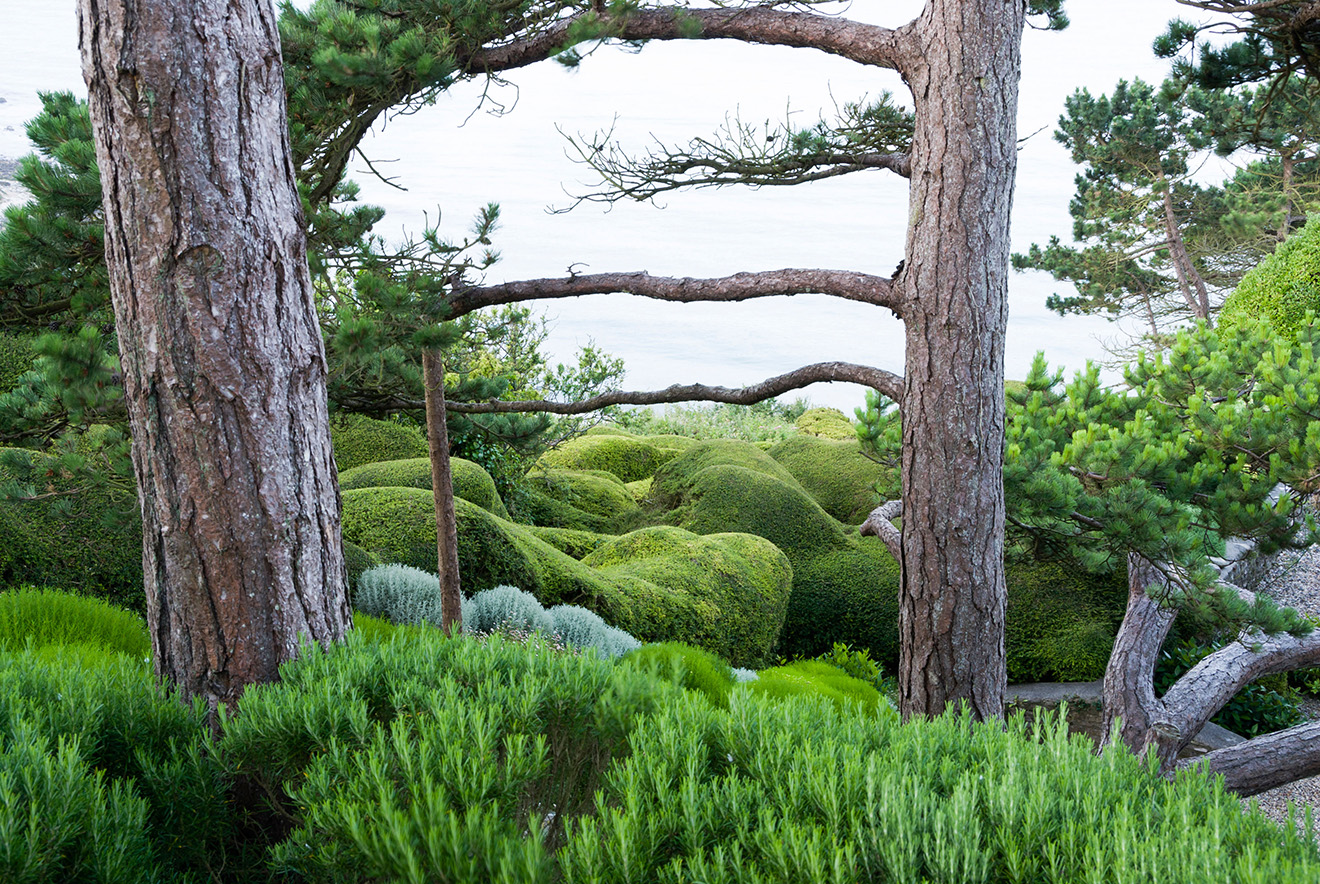
Its plasticity is also inspiring experimental designs in which it takes startlingly novel forms: mounds that stand alone or in interlocking arrangements; serpentine hedges with undulating tops; groups of cubes, balls or blobs of contrasting sizes; skeins of cloud-pruned greenery on candelabra-like boughs.
Colour adds to its Protean potential. Typically, the leaves are forest green and shining (nitida in Latin), but there are cultivars in which they’re solid gold or lime or edged with yellow or white.
So much for ‘poor man’s box’, as people used to call this shrub. It has a close relation, Lonicera pileata, long undervalued as the carpeting of countless public car parks. It, too, is now enjoying a leap in status. Its leaves are larger and more widely spaced than L. nitida’s and borne on low, frondy branches that arch and spread. This habit commends it, massed and unclipped, as groundcover.
“We’ve groomed Ilex aquifolium Angustifolia into glittering dark-green spires; hewn blocks, in blackcurrant-tinted deepest cyan, of I. x meserveae Blue Angel; and pruned I. x altaclerensis Golden King into a conical standard, a magnificent small tree that’s a beacon on dark days”
Alternatively, one can prune and shear such group plantings into uniform-seeming expanses that resemble rolling dunes of verdure or flows of molten emerald.
Exquisite houses, the beauty of Nature, and how to get the most from your life, straight to your inbox.
Of course, these two Lonicera species don’t have the same character as box and could never supplant it entirely. We grow them in the garden here as well as our beloved (and blight-free) Buxus Faulkner; each has its place and does its thing as only it could.
The shrubby honeysuckles are the most biddable of a range of evergreen shrubs and small trees that aren’t always as amenable to advanced topiary as the two classics, box and yew, but well worth shaping, as long as the aim isn’t vegetable peacocks and giant chess pieces.
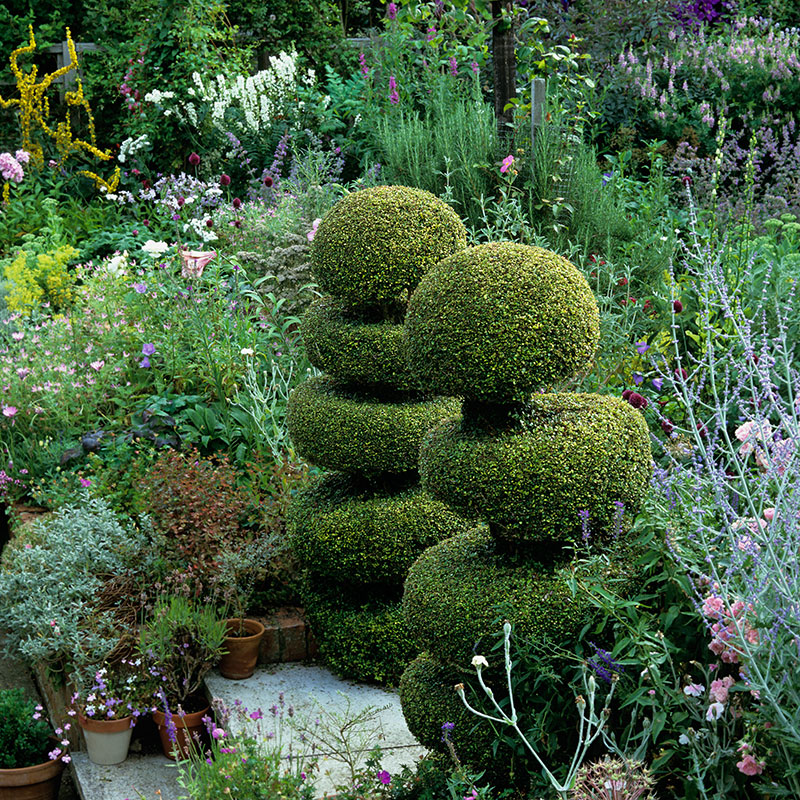
We’ve subjected quite a variety of species to the shears and secateurs, making low globes, cubes and ovoids of Euonymus fortunei and E. japonicus (their variegated cultivars included); tall parasols of Prunus lusitanica and knee-high squares, dramatic in their up-thrust dagger-like leaves, of P. laurocerasus Otto Luyken; pyramids of Phillyrea latifolia; domes of Osmanthus x burkwoodii that become mantled in spring with sweet-scented white blossom; and sharp-edged hedges of Camellia sasanqua, their long new shoots carefully pruned in late summer so as to leave the lowermost few inches where next season’s flower buds form.
We find various hollies invaluable. Cloud-pruned specimens of the clippable Ilex crenata are popular, but we use it less showily, as a substitute for box balls, planted in the acid soil that it needs. Elsewhere, we’ve groomed Ilex aquifolium Angustifolia into glittering dark-green spires; hewn blocks, in blackcurrant-tinted deepest cyan, of I. x meserveae Blue Angel; and pruned I. x altaclerensis Golden King into a conical standard, a magnificent small tree that’s a beacon on dark days.
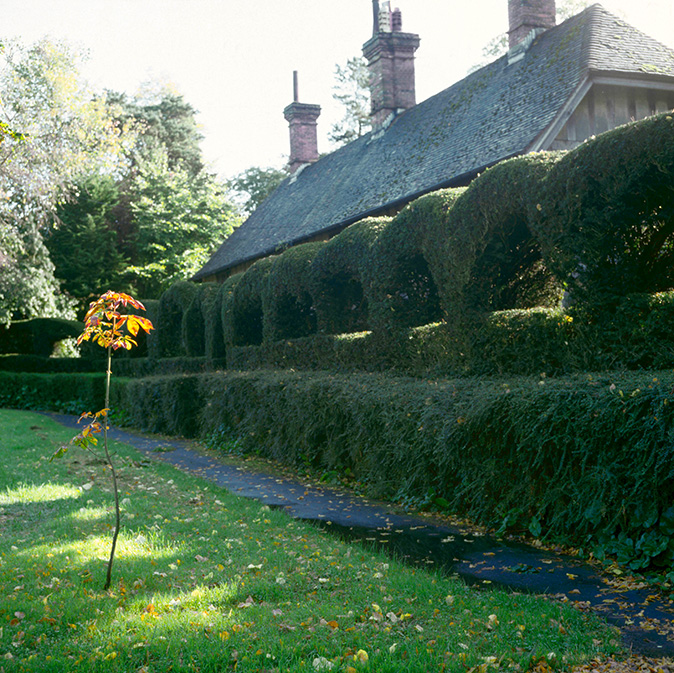
Finally, there are a few that need barely a tweak, being topiary-like by nature: the pillars of Ilex crenata Sky Pencil and Euonymus japonicus Green Spire; the ground-hugging hemispheres (and ravishingly fragrant flowers) of Pittosporum tobira Nanum; the cantilevered cumulonimbi of Satsuki azaleas; and the obelisk that is Camellia Fairy Blush, an enchanting winter-blooming newcomer, which, happily, is proving hardier than expected.
It sounds like a lot, like a garden tended by Edward Scissorhands, but we use these evergreens strategically, to frame and punctuate schemes and to throw ethereal or exuberant plantings into high relief with their solid formality.
And they’re a wonder in winter when the garden becomes theirs. A few weeks ago, they were pure sculpture, first floodlit by the supermoon and then surrounded by snow. Today, they seem to proclaim the promise of the year ahead, waxing rich, brilliant, perfect, when all else is bare.
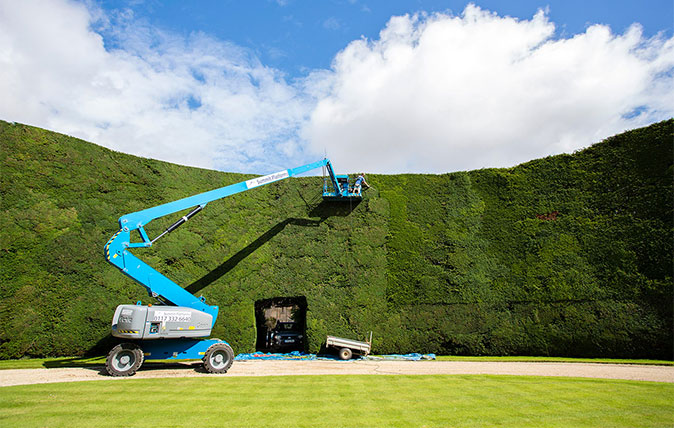
Credit: ALAMY
10 pictures of the world’s largest yew hedge which are almost beyond belief
The world’s tallest yew hedge, on the Bathurst estate in the Cotswolds, has just received its annual trim.

The classic country house with a modern surprise lurking within
Elegant Missenden House, at Little Missenden, Buckinghamshire, mixes classic with contemporary.
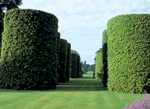
Which hedge to plant where?
Mark Griffiths suggests examples of hedge plants to suit different purposes and needs in the garden
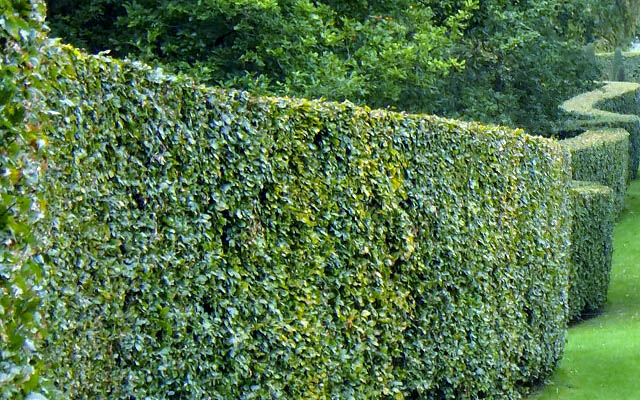
How to plant a hedge
Alan Titchmarsh talks about the wonders of hedges.